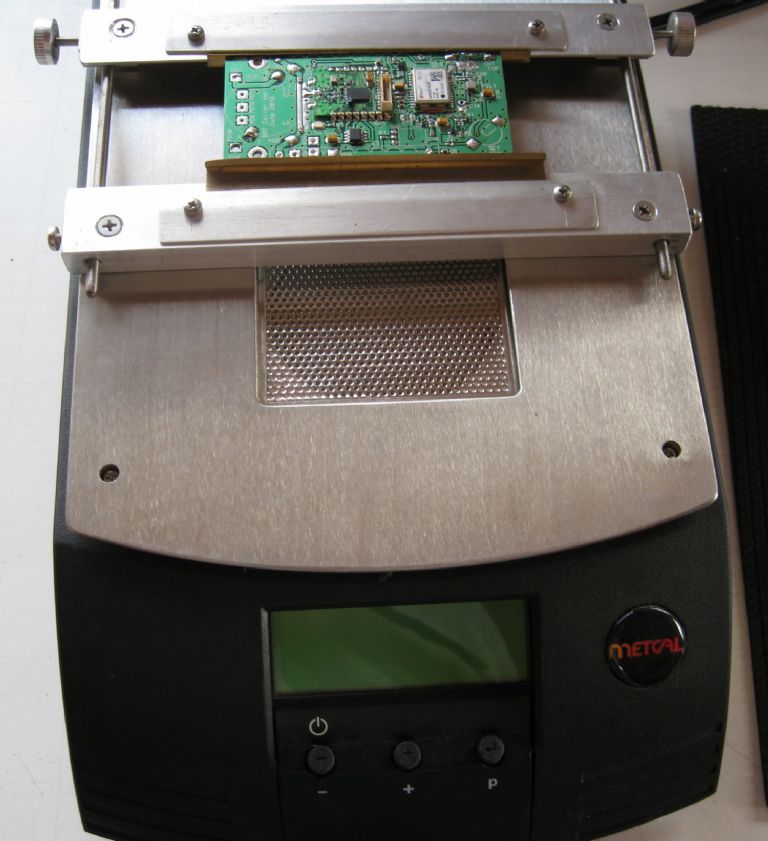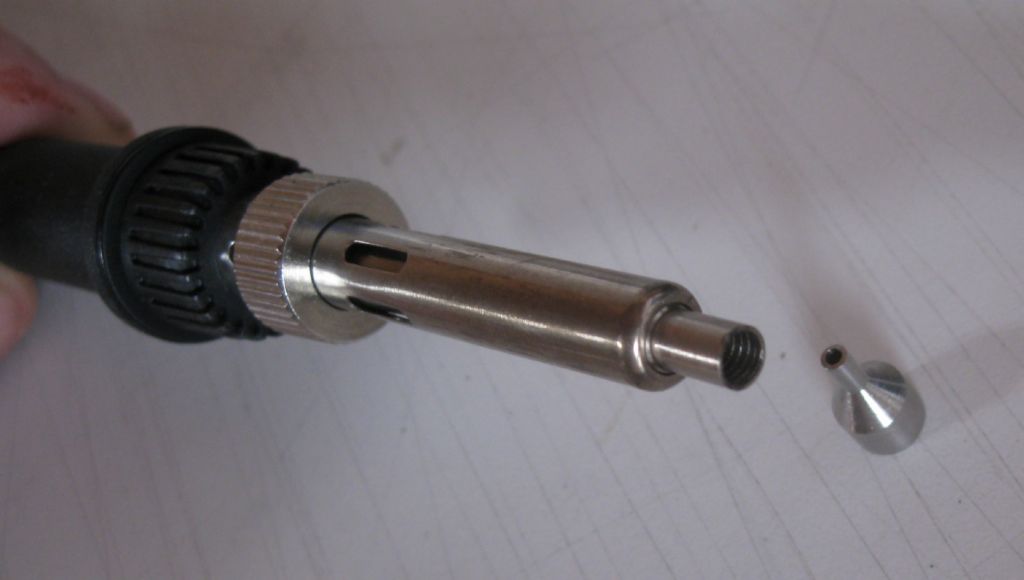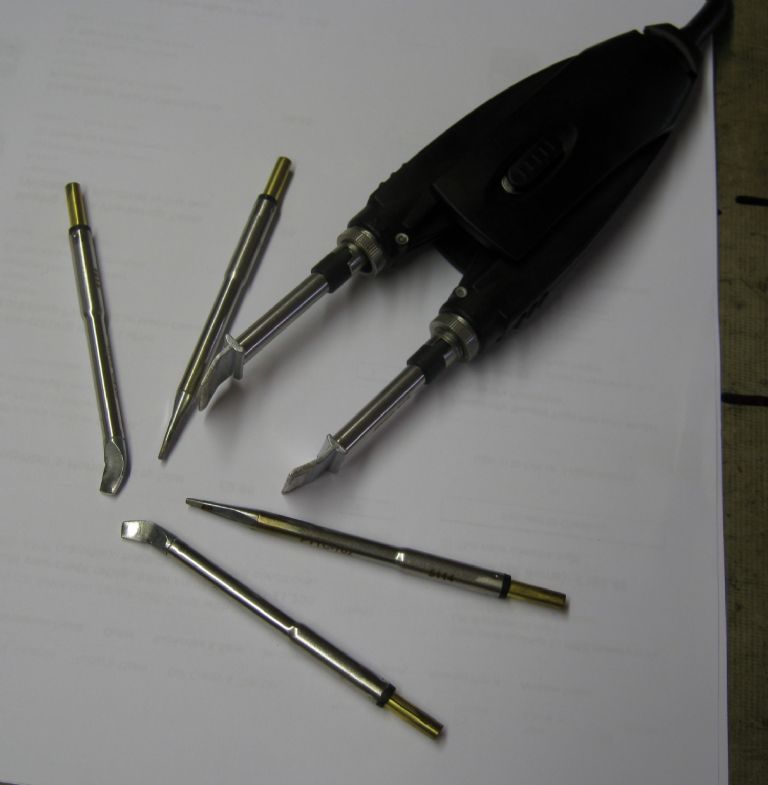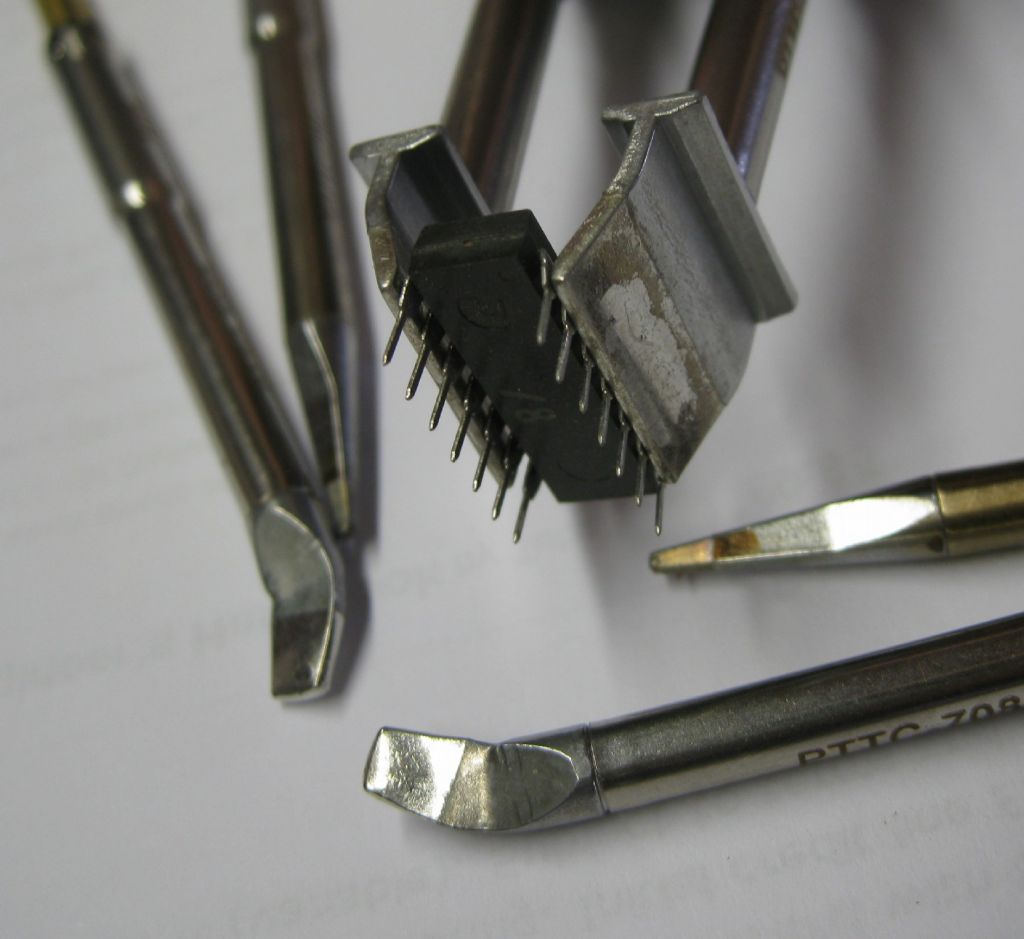To desolder a through hole component a hollow tipped soldering iron with a vacuum pump is pretty handy.
Many years ago I attended a RAAF course for High Reliability Soldering Instructors. This was based on NASA best practices.
Imagine my amusement when some of the solder joints that the class had made were projected onto a large screen, microscope photos magnified to over 2m across and the class were invited to inspect our work and offer a critique.
This was very educational and as many of the class were working on aircraft instrumentation it was vital that our work was as perfect as humanly possible.
One thing that I did learn was that many (cheap) commercial solder suckers (especially with a Teflon tip) can generate a large ESD (Electrostatic Discharge) pulse if they have a plastic body so nowadays look for an ESD safe solder sucker if that's what you use
As for soldering braid, it;s useful to remove solder from the base of a 1950's valve base and indeed I still have a few reels which are useful for repairing model aircraft fuel tanks but for printed circuit boards it's only good for lifting tracks.
After I left the old job I managed to find a decent soldering station at a mil surplus auction along with lots of tips.
I paid a lot (lot) less than the original price so pretty happy.

* Danny M *
Martin Kyte.










